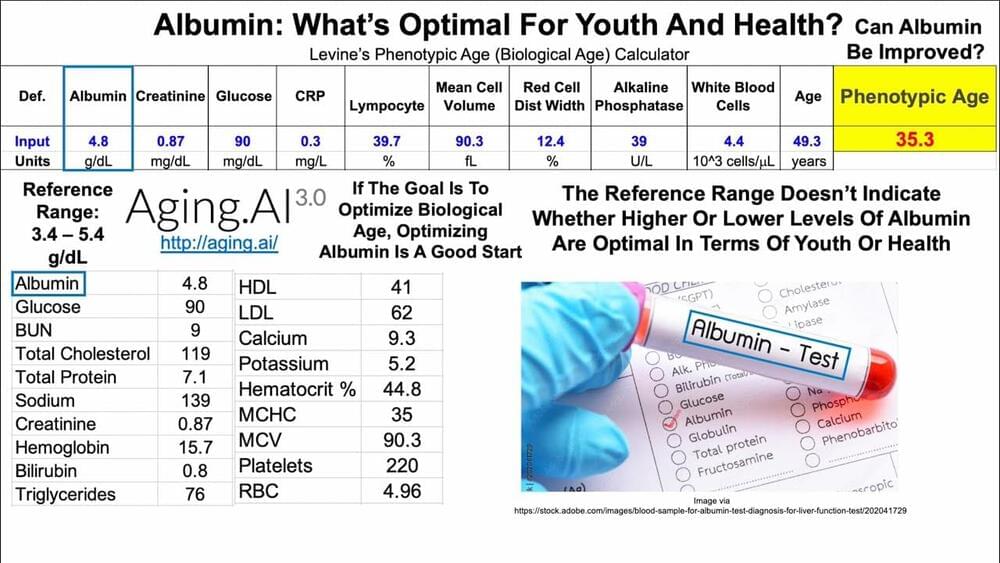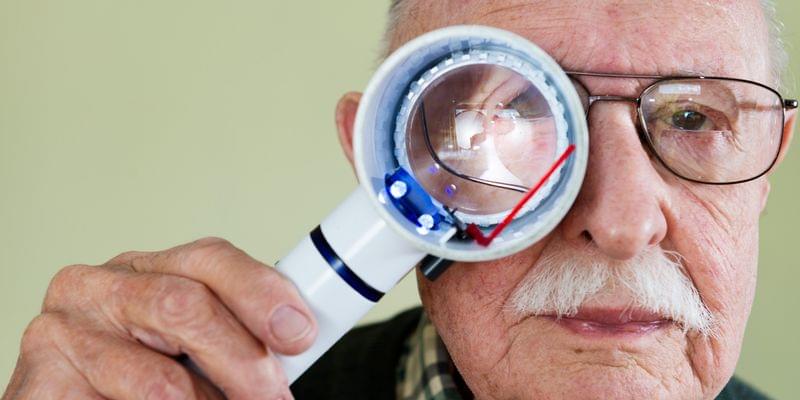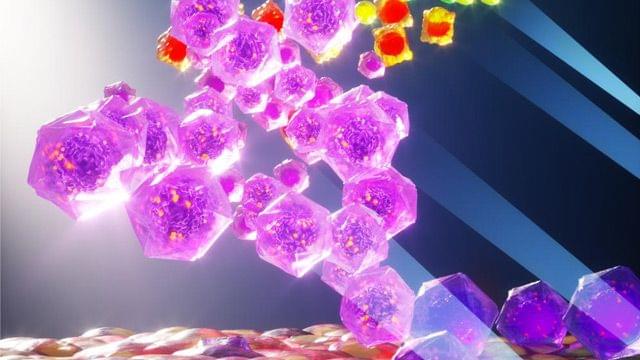Archive for the ‘life extension’ category: Page 187
Jun 18, 2022
Saudi Arabia Pledges $1 Billion a Year to Anti-Aging Research
Posted by Joe Bennett in categories: biotech/medical, finance, life extension
The Beginnings of a biotechnology revolution in Saudi Arabia?
The Saudi royal family, led by king Salman bin Abdulaziz have announced the formation of a non-profit research foundation which intends to spend $1 billion of the countries considerable annual oil revenue on supporting anti-aging research. If such funding materialises, it will make Saudi Arabia the single greatest financial contributor to longevity research.
The Saudi royal family aims to distribute this funding through a non-profit organisation called the Hevolution Foundation 0, which was founded by Dr Mehmood Khan, formerly of the Mayo Clinic. In a formal introduction to the Hevolution Foundation, Dr Khan had the following to say.
Jun 17, 2022
Stem cell therapy for macular degeneration
Posted by Kelvin Dafiaghor in categories: biotech/medical, life extension
Age-related macular degeneration is the most common cause of vision loss in adults over age 50, but there are few treatments available. Researchers are now developing promising stem cell therapies to treat the disease.
Jun 15, 2022
Differentiation Protocol Could Improve Stem Cell-Based Therapies for Macular Degeneration
Posted by Genevieve Klien in categories: biotech/medical, life extension
The macula is part of the eye’s retina, which is the light-sensitive tissue mostly composed of the eye’s visual cells: cone and rod photoreceptor cells. The retina also contains a layer called the retinal pigment epithelium (RPE), which has several important functions, including light absorption, cleaning up cellular waste, and keeping the other cells of the eye healthy.
The cells of the RPE also nourish and maintain the eye’s photoreceptor cells, which is why one of the most promising treatment strategies for age-related macular degeneration is to replace aging, degenerating RPE cells with new ones grown from human embryonic stem cells.
Scientists have proposed several methods for converting stem cells into RPE, but there is still a gap in our knowledge of how cells respond to these stimuli over time. For example, some protocols take a few months while others can take up to a year. And yet, scientists are not clear as to what exactly happens over that period of time.
Jun 14, 2022
Artificial Immortality
Posted by Paul Battista in categories: biotech/medical, life extension, robotics/AI
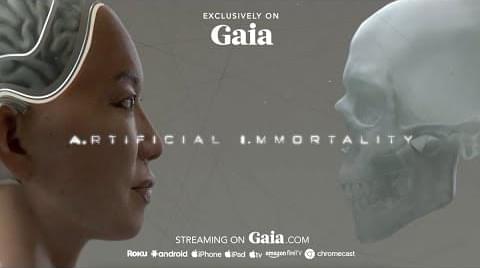
8,000+ Films, Shows & Classes on Gaia. Start Your Free Trial — https://bit.ly/3eBA6jy.
Can AI enable us to live forever? In A.rtificial I.mmortality, filmmaker Ann Shin sets out on a journey, exploring the latest AI and biotech with scientists and visionaries who foresee a ‘post-biological’ world where humans and AI merge. Will AI be the best, or the last thing we ever do?
Jun 13, 2022
Boost NAD, Reprogramme Our Cells to be Young Again | Dr David Sinclair Interview Clips
Posted by Paul Battista in categories: biotech/medical, chemistry, education, genetics, life extension
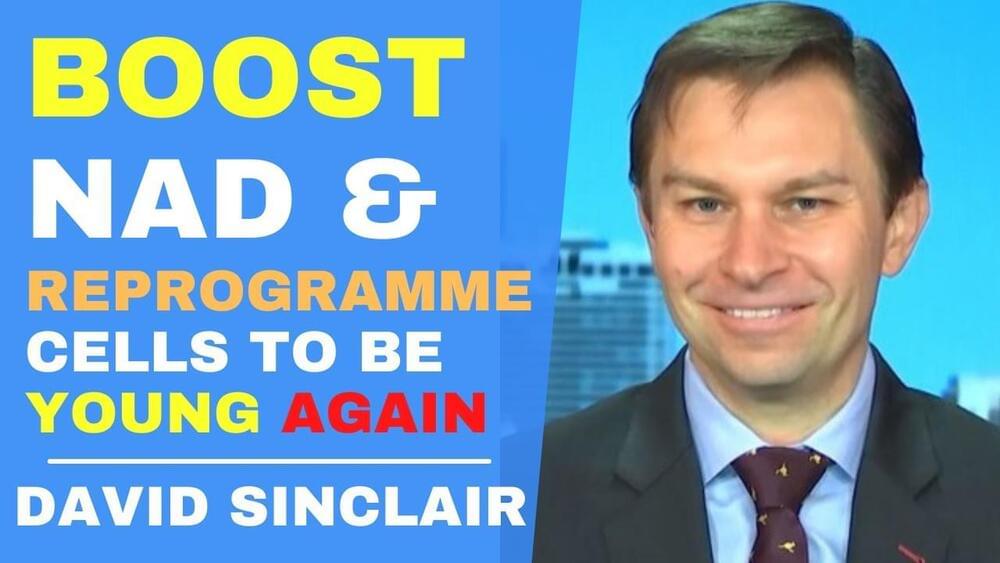
David Sinclair shares another side of himself. Compassion for all people. He wants to make sure that longevity technologies are available for all people, not just for the super wealthy and their pets. He also speaks of emerging elderly populations who can live well up until death rather than suffering for so long, and instead start new careers and hobbies.
Researchers have restored vision in animal by resetting some of the thousands of chemical marks that accumulate on DNA as cells age. The work, by Dr David Sinclair Lab, published in Nature Dec 2020, suggests a new approach to reversing age-related decline, by reprogramming some cells to a ‘younger’ state in which they are better able to repair or replace damaged tissue.
Jun 12, 2022
Bile Acids: The Next Frontier In Longevity?
Posted by Mike Lustgarten in categories: biotech/medical, genetics, life extension, sex
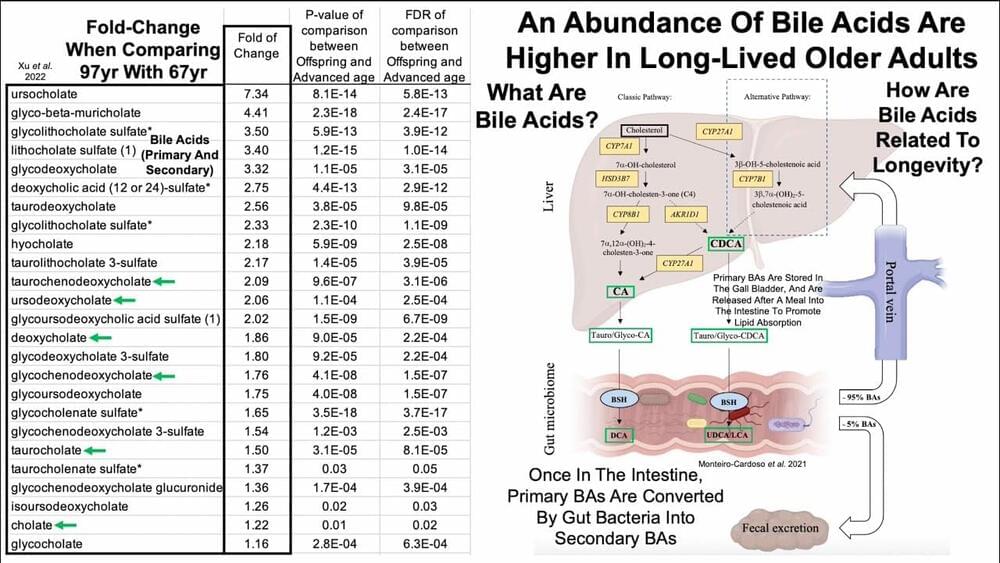
Join us on Patreon!
https://www.patreon.com/MichaelLustgartenPhD
Cronometer Discount Link:
https://shareasale.com/r.cfm?b=1390137&u=3266601&m=61121&urllink=&afftrack=
Continue reading “Bile Acids: The Next Frontier In Longevity?” »
Jun 12, 2022
Ep. 90: Can we build an immortal human society? | Samo Burja
Posted by Kelvin Dafiaghor in categories: economics, life extension

Samo Burja is a sociologist and the founder of Bismarck Analysis, a firm that analyzes institutions, from governments to companies. His research work focuses on the causes of societal decay and flourishing and he writes on history, epistemology and strategy.
#sociology #futurism #economics
Jun 12, 2022
How To Live Forever with BioViva’s Liz Parrish! The LONGEVITY revolution has begun!
Posted by Montie Adkins in categories: biotech/medical, life extension, neuroscience
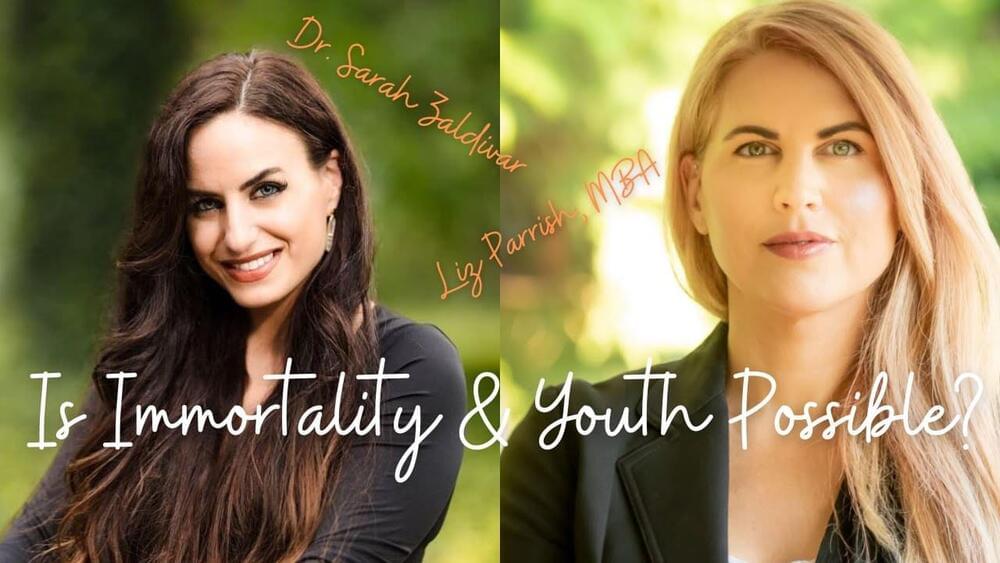
Liz mentions combinatorial gene therapy for aging near the end which is something you hear the likes of George Church mention they are working on.
Liz Parrish is the founder of @BioViva Science, a company dedicated to curing biological aging, a disease that is at the root cause of all other chronic diseases from heart disease to Alzheimer’s. Watch this video to understand how much more control we have over our lifespan and health!
Jun 11, 2022
If Aging is Not a Disease, Then Neither is Cancer!
Posted by Joe Bennett in categories: biotech/medical, life extension
The reluctance of many in the medical field to classify aging as a disease is causing significant roadblocks for those trying to find a solution.
Many people will swear to the life extending properties of coffee, be it saving them from keeling over from exhausting in the early hours of the morning or saving an annoying co-worker from the unbridled rage of someone who hasn’t yet acquired their caffeine fix. Yes, coffee is without a doubt one of the most powerful (and mostly metaphorical) lifesavers of the modern world. However, recent studies into the effects of drinking coffee on human lifespan have found that it might very well have a significant impact on health and longevity. A study of 170,000 people from the UK found that those who drank between two and four cups of coffee a day were 30% less likely to die from all causes compared to those who did not drink coffee at all.
